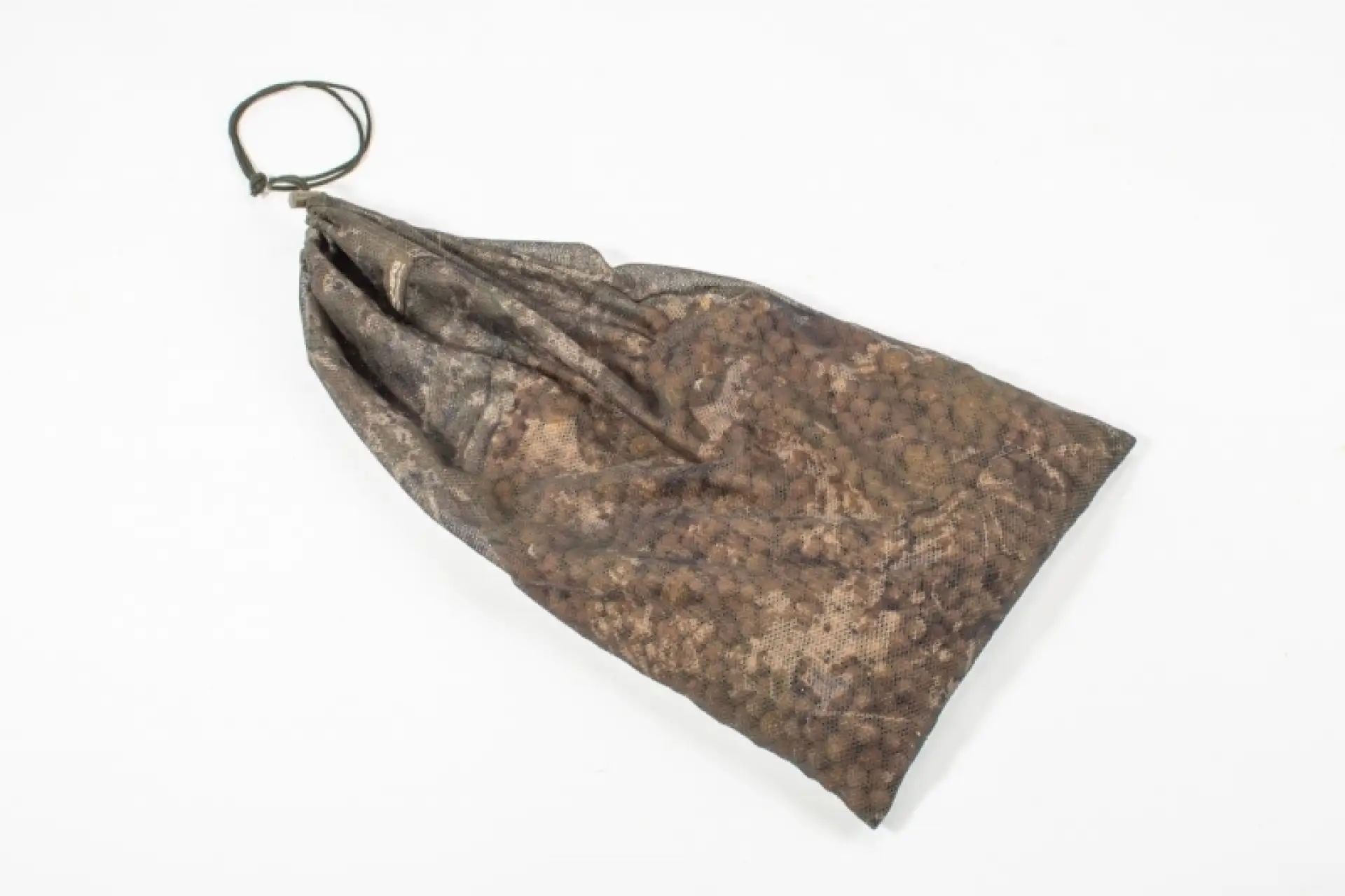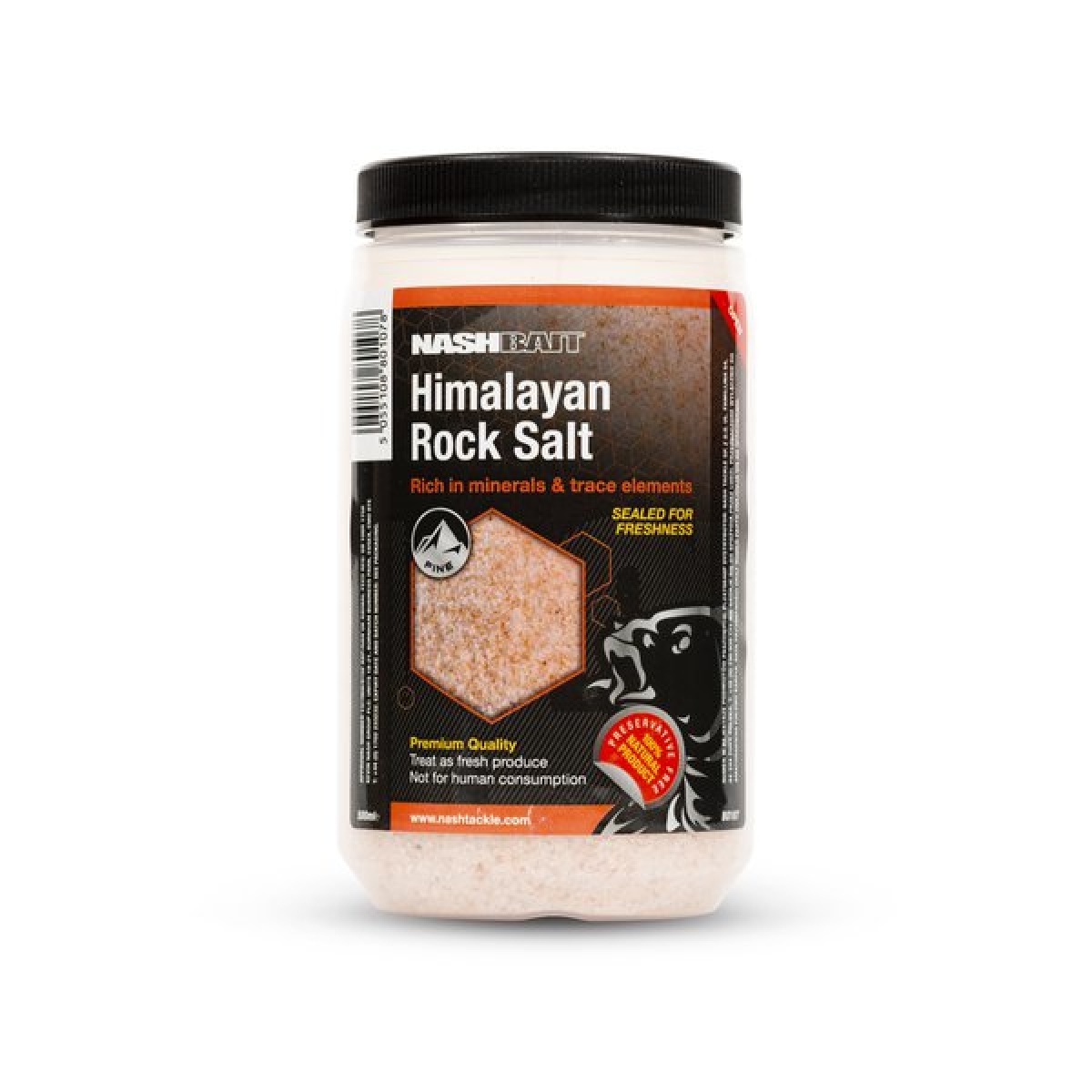Blog

How to Preserve Boilies
Preserving freshly made boilies so that they can be stored in good condition for an extended period is not always obvious to everyone. There are several proven methods for long-term storage of boilies without compromising their quality. When making boilies by hand, the ability to store them for longer, especially when producing larger quantities, is extremely important.
Drying Boilies to a "Hard" State
The first and simplest method is to dry the boilies to a so-called "hard" state. After boiling or steaming the boilies, we dry them for about a week in a ventilated but not sunlit place using special boilie drying bags. After drying, it is best to store such boilies in dry containers or special bags in which we can also subject the boilies to the drying process.
An example of such a boilie drying bag is, for instance: Nash Subterfudge Air Dry Bag.
Preserving Boilies with Salt
Another effective method for preserving boilies is covering the partially dried boilies with high-quality salt. Simply put the boilies into a bucket or another container, cover them with salt, and seal tightly. Salt has preservative and hydrophobic properties and can "extract" moisture from the boilies, preventing them from spoiling. This is one of the simplest ways to preserve boilies.
For preserving boilies, one can use, for example, high-quality Himalayan salt from the brand Nash - Nash Himalayan Rock Salt:
Freezing Boilies
The third method for maintaining the freshness of boilies for a longer period, which many forget about, is freezing. Once the boilies are ready, they should be dried for about 24 hours, then transferred to freezer bags or to plastic containers designed for freezing food. Boilies are ready to use after thawing. It's important not to refreeze them but to use them up.
Using Boilie Preservative
The fourth method for effectively preserving boilies is a boilie preservative. With its help, the boilies can maintain freshness and moisture for a very long time, preventing them from drying out. The preservative is added to the boiles at the first stage of production, i.e., to the liquid ingredients. The dosage of the preservative depends on the manufacturer, but it usually ranges from 60 to 120 ml per 1 kg of mix. After making the boilies, just dry them for 1-2 days in a ventilated but not sun-exposed place, and then they can be stored in a sealed bucket or another container. The preservative in such quantities is safe for fish and does not affect the taste or nutritional properties of the boilies. Preservatives used in homemade production of protein boilies can be found in the offerings of brands such as CCMoore, Massive Baits, or TBBaits.
In summary - there are several tried and tested methods for preserving homemade boilies. The quickest and most convenient for us is to use a preservative. Thanks to the preservative, the boilies retain their physicochemical properties for a longer time, making it difficult to distinguish freshly made boilies from the older ones.

